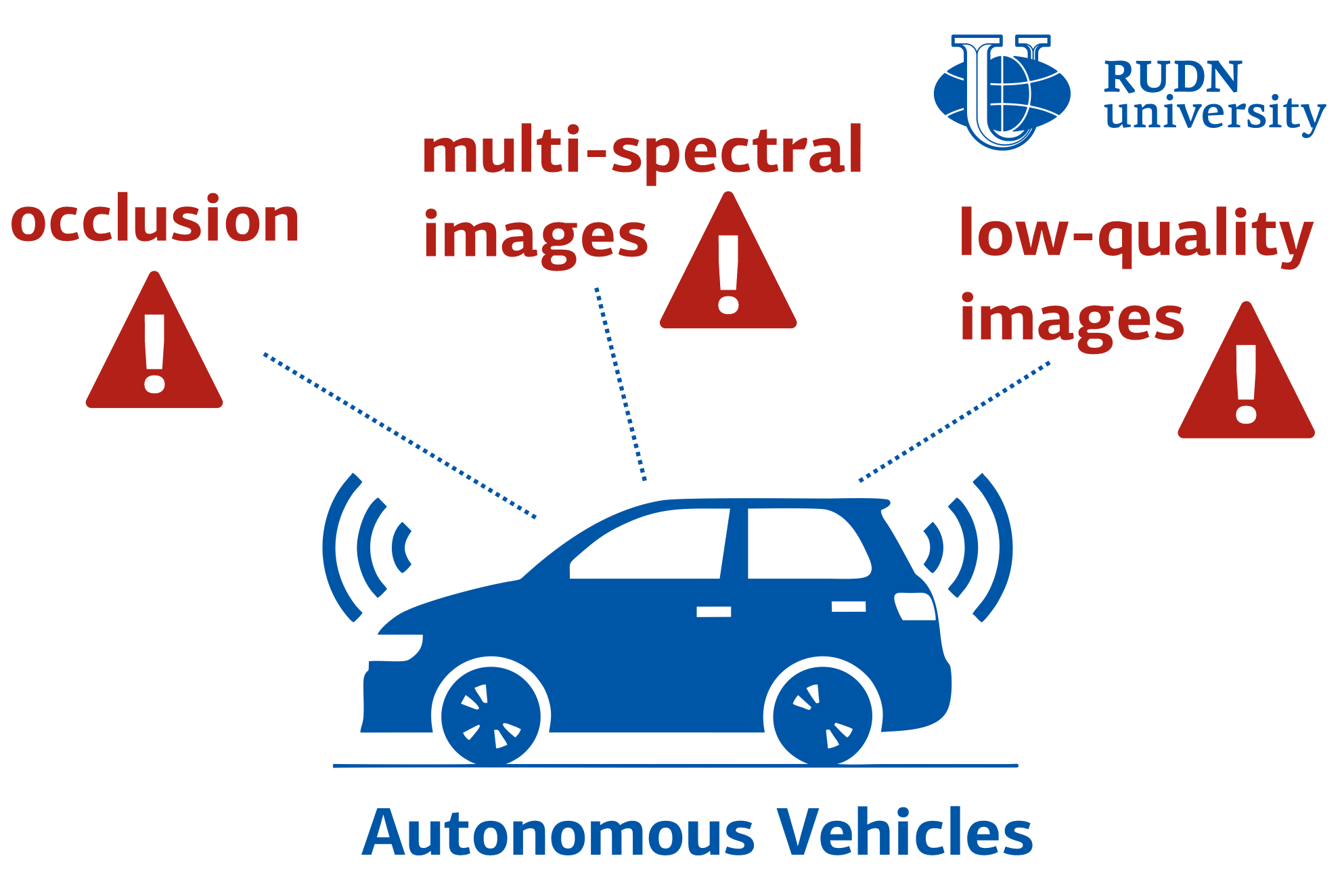RUDN University mathematician named the main problems of autopilots when detecting pedestrians
Cars and other self-driving vehicles have already begun to enter everyday life. However, for this technology to be widely adopted, several fundamental characteristics need to be improved. One of them is pedestrian detection. For this, deep learning technologies are used — artificial neural networks. RUDN mathematicians with colleagues from Egypt, Saudi Arabia and China analyzed the latest research in this direction.
“In recent years, autonomous vehicles have become increasingly popular. They improve safety and convenience, reduce fuel consumption, reduce traffic congestion and accidents, save costs and increase reliability. However, before they are fully deployed on the roads, several primary tasks need to be solved. Precise detection of pedestrians is a very difficult task. Deep learning technologies show great potential for solving this problem. We have compiled an overview of the problems of pedestrian detection and the latest advances in solving them using deep learning methods,” Ammar Muthanna , PhD, Junior Researcher at the Research Center for Modeling High-Tech Systems and Infocommunications, RUDN University.
Mathematicians have drawn attention to three main problems that arise when detecting pedestrians using deep learning — obstacles, poor image quality, multispectral images. The latter is a series of images of the same object, but obtained in different ranges. For example, the usual optical image and in the infrared range. It is assumed that the data is obtained from lidars and cameras, from where the deep learning model comes. Mathematicians have reviewed the different approaches that are used to build such models, and called their advantages and disadvantages.
RUDN mathematicians noticed that different construction methods give not only different results, but also different time and accuracy of work. For example, more modern methods give a more accurate answer, but it takes more time. Therefore, the scientists concluded, it is important to implement an approach that can find a balance between accuracy and speed. And one that will meet practical goals. Mathematicians also noticed that the data available for training is not heterogeneous enough and may not give a complete picture. For example, images in the optical range work better during the day, and in the infrared — in the dark. For the algorithm to be efficient around the clock, large heterogeneous data sets are needed for training.
Among the goals for future research in this area, RUDN mathematicians named the detection of small and obstructed objects, work in poor lighting, a combination of 3 D and 2 D approaches. The researchers also suggest focusing on improving speed and accuracy.
Results published in Electronics.
Products derived from microalgae represent a cutting-edge development in the field of bioeconomy. The potential of this biological resource was discussed at the international research seminar “Foundations for a Green Sustainable Energy”, part of the BRICS Network University’s thematic group on “Energy”. The event was organized by the Institute of Ecology at RUDN University.
Ambassadors of Russian education and science met at a conference in RUDN University to discuss how they can increase the visibility of Russian universities and research organizations in the world, and attract more international students in Russia.
The international scientific seminar hosted by RUDN Institute of Ecology “Experience of participation in student organizations as a way to form career skills” united scholarship recipients of the International Student Mobility Awards 2024 and Open Doors, along with members of the scientific student society “GreenLab” and the professional student association “Kostyor (Bonfire)” shared their projects focused on environmental protection.
